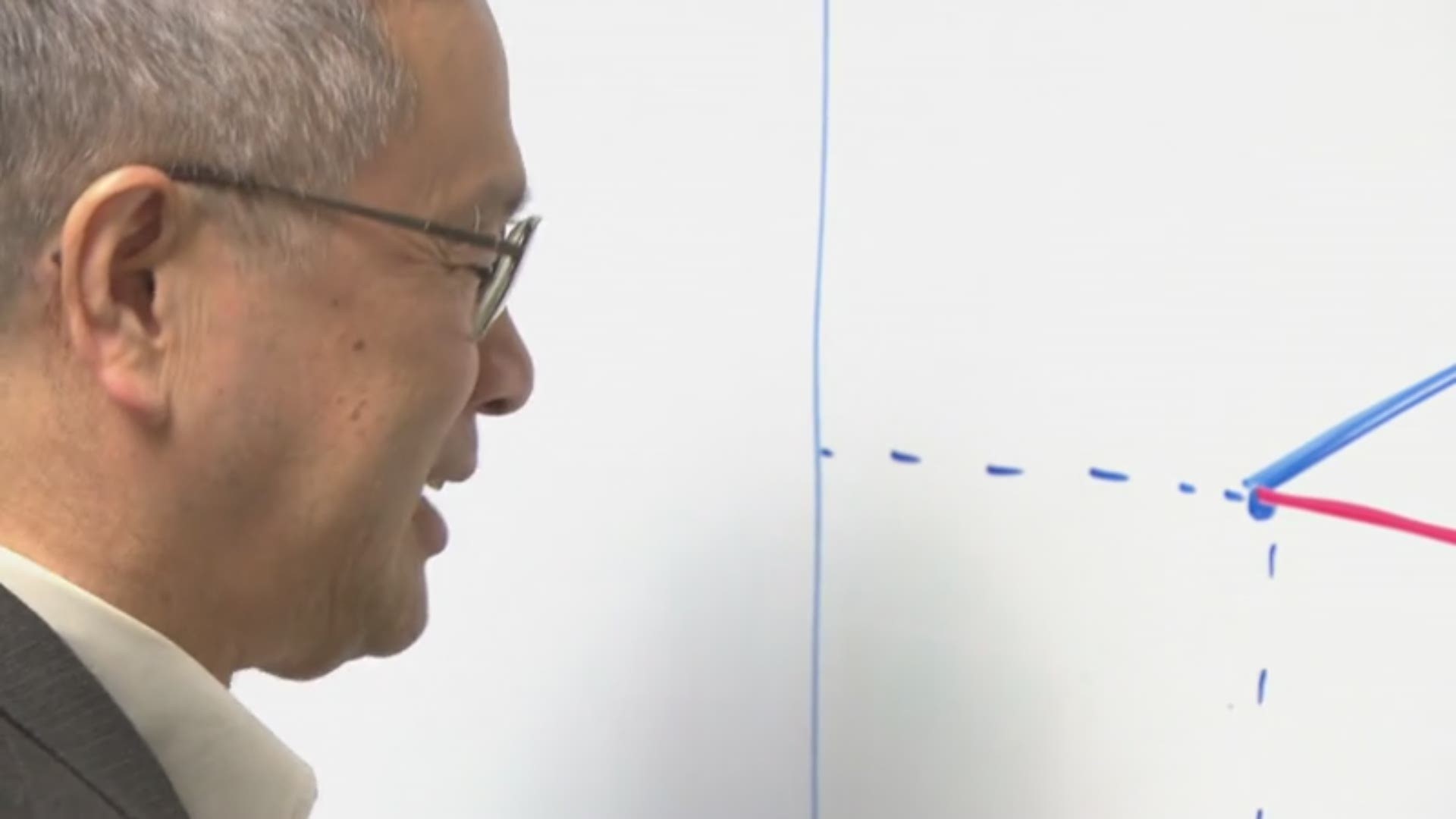Whispers of a looming recession due to an "inverted yield curve" may have you worried and wondering if it is really true. In order to understand this story, lets explain what a "yield curve" is.
Alan Gin, an Economics Professor of University of San Diego, explains, "If you invest for two years, you get a lower rate of return. If you invest for 10 years you are taking more risk so you get a higher interest rate."
Investors should always have a higher yield or more earnings when they loan their money out for a longer period of time, because the risk is higher. But the yield curve 'inverted' last week for the first time in 12 years. That means investors get more money for short-term bonds than they do for long-term bonds. It's all upside down. So why does that inversion matter?
The last five recessions were preceded by an inversion. Here's what happens:
"Investors become pessimistic of the U.S. Economy and take their money out of stocks and invest into safer instruments," explained Gin.
The last dip in 2007 preceded the Great Recession, when we saw the worst U.S. Economy since the Great Depression. Many expect the federal reserve to cut interest rates to help give people purchasing power.
While this yield curve inversion is bad news, it does not guarantee a recession.
Gin thinks we need to see this pattern occur for a long period of time for us to draw conclusions. Even if it does forecast a recession, typically that recession is about two to three years away.

